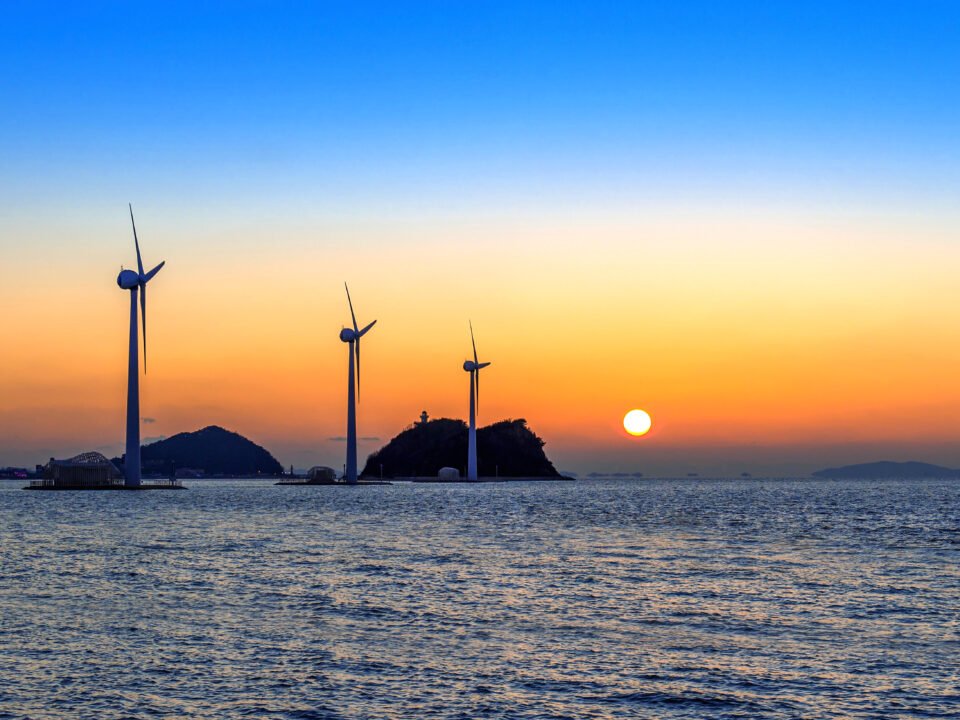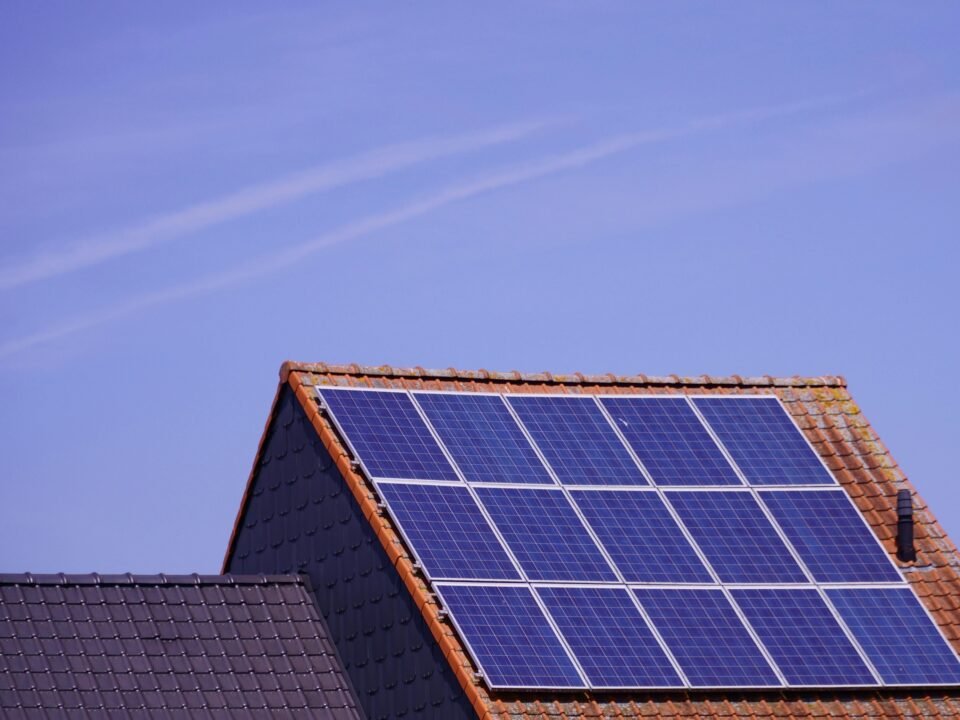Introduction
As cities grow and energy demands soar, the need for sustainable power sources has become more urgent than ever. While solar panels have become a familiar sight on rooftops, there is another renewable energy option steadily gaining attention: the rooftop wind turbine. These compact wind energy systems are designed specifically for urban environments, offering a promising path toward greater urban energy independence.
This blog explores the benefits of installing a rooftop wind turbine in urban settings, how they work, and why they might be the next big thing in green energy solutions for homes and businesses.
What Is a Rooftop Wind Turbine?
A rooftop wind turbine is a small-scale wind energy device installed on the roof of buildings—typically homes, commercial buildings, or industrial structures. Unlike large wind turbines in open fields, rooftop models are engineered to function in limited spaces with moderate wind speeds.
They work by converting the kinetic energy from wind into electricity, which can then be used directly in the building or stored for later use. These turbines can either work independently or be integrated with other renewable systems like solar panels to form a hybrid energy solution.
Key Benefits of Rooftop Wind Turbines
1. Enhanced Energy Independence
One of the primary advantages of a rooftop wind turbine is its ability to contribute to urban energy independence. By generating your own power on-site, you reduce your reliance on the main electricity grid. This is particularly valuable during power outages or in regions with unstable energy supply.
2. Sustainable and Clean Energy Source
Wind power is one of the cleanest forms of energy available. Rooftop wind turbines produce zero emissions, making them an excellent choice for reducing your carbon footprint. In cities where pollution levels are a growing concern, adopting such clean technologies can lead to measurable environmental benefits.
3. Efficient Use of Urban Space
Urban areas often lack the space for large-scale renewable energy projects. A rooftop wind turbine makes use of underutilized space—your roof. It’s an intelligent way to maximize energy production without altering the landscape or occupying valuable land.
4. Cost Savings on Energy Bills
Although the initial investment in a rooftop wind turbine can be high, the long-term savings are significant. Over time, the electricity generated can offset your monthly energy costs. In many cases, users see a return on investment within 5–10 years, especially when combined with government subsidies or tax incentives.
5. Energy Generation During Non-Sunny Periods
Unlike solar panels, which rely on sunlight, rooftop wind turbines can operate day and night, and even during cloudy or rainy weather. This makes them a reliable supplement to solar systems, especially in regions that experience frequent overcast conditions.
6. Grid Support and Net Metering
If your rooftop wind turbine produces more electricity than you use, that excess can often be fed back into the grid, depending on local regulations. This process, known as net metering, can earn you credits or even direct payments from your utility provider.
Rooftop Wind Turbine Technology: Types and Features
There are two main types of rooftop wind turbines:
- Horizontal Axis Wind Turbines (HAWTs): These look like traditional windmills and require steady wind direction. They’re generally more efficient but less suitable for turbulent urban wind conditions.
- Vertical Axis Wind Turbines (VAWTs): These are better suited for rooftops because they can capture wind from any direction and perform well in gusty, inconsistent urban environments.
Modern rooftop turbines come equipped with smart controllers, noise-reducing designs, and compact profiles that blend with building aesthetics.
Challenges and Considerations
Despite their benefits, installing a rooftop wind turbine comes with challenges:
- Initial Cost: A typical system can cost between $3,000 to $15,000 or more depending on size and complexity.
- Local Wind Speed: The effectiveness of a rooftop wind turbine depends on local wind conditions. Urban areas can have unpredictable airflow due to buildings and structures.
- Noise and Vibration: Poorly installed or low-quality turbines may generate noise or cause roof vibrations, though modern designs have mitigated these issues considerably.
- Zoning and Regulations: Not all cities permit rooftop wind turbines. Homeowners and businesses need to check local zoning laws and building codes before installation.
Real-World Applications
Many urban dwellers and businesses are already taking advantage of this technology. For example:
- Residential Homes: In windy neighborhoods, homeowners have successfully used rooftop wind turbines to power lighting, appliances, and water heating systems.
- Green Buildings: Many LEED-certified buildings incorporate both solar and wind systems to meet sustainability goals.
- Offices and Commercial Spaces: Rooftop turbines help lower utility costs and demonstrate a commitment to sustainability—an increasingly important factor for eco-conscious customers and employees.
Combining Rooftop Wind with Solar for Maximum Efficiency
One effective strategy for urban energy independence is combining rooftop wind turbines with solar panels. This hybrid energy system ensures that energy is generated both when the sun is shining and when the wind is blowing, optimizing power production across different weather conditions.
For example, while solar panels might be less productive in the winter due to shorter days and cloud cover, wind speeds often increase during these months—making rooftop wind turbines an ideal complementary solution.
Future of Rooftop Wind in Urban Settings
As technology advances, the efficiency, design, and affordability of rooftop wind turbines will continue to improve. Integration with smart grid systems, battery storage, and IoT monitoring tools will make it easier to track energy production and usage in real time.
Furthermore, growing public awareness and government support for renewable energy will likely result in more subsidies, tax breaks, and relaxed zoning laws—encouraging wider adoption.
Conclusion
A rooftop wind turbine offers a smart, sustainable, and space-efficient solution for achieving urban energy independence. While there are challenges to consider, the benefits—clean power, lower energy bills, and reduced environmental impact—make it a compelling choice for forward-thinking homeowners and businesses.
As cities worldwide seek innovative ways to reduce carbon emissions and become more resilient, rooftop wind turbines are poised to become a vital part of the urban renewable energy landscape.



